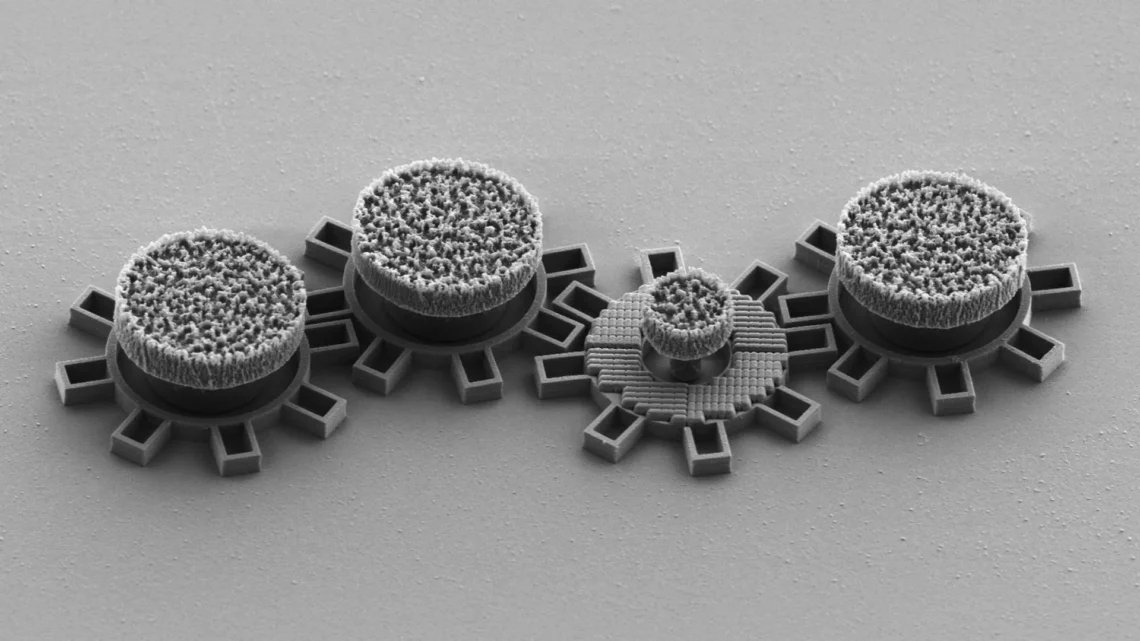Introduction to Light-Powered Micromachines
Researchers at the University of Gothenburg have developed light-powered gears at the micrometer scale, marking a significant advancement towards the creation of the world’s smallest on-chip motors, which can fit within a strand of human hair.
Breaking Through Traditional Barriers
Gears are fundamental components in various mechanical systems, including clocks, automobiles, robots, and wind turbines. For over three decades, researchers have aimed to create increasingly smaller gears to develop micro-engines. However, progress has been hindered, particularly at the 0.1-millimeter scale, due to challenges in constructing the necessary drive trains for motion.
Researchers from the University of Gothenburg have successfully surpassed this limitation by abandoning conventional mechanical drive systems in favor of utilizing laser light for direct motion of the gears.
Mechanics of Light-Powered Gears
In their recent study, researchers demonstrated that microscopic machines can be effectively driven by optical metamaterials—fabricated patterns capable of capturing and directing light on a nanoscale. By employing traditional lithography, gears embedded with optical metamaterials are manufactured using silicon on microchips, achieving diameters in the range of tens of micrometers. Upon illumination with a laser, these gear wheels begin to rotate, with the laser intensity dictating the speed. Furthermore, altering the polarization of light allows for control over the rotational direction of the gear.
This innovation brings researchers closer to realizing micromotors that could revolutionize various fields.
A Paradigm Shift in Micromechanics
“We have created a gear train where a light-driven gear initiates the movement throughout the entire system,” states Gan Wang, the study’s lead author and a researcher in soft matter physics at the University of Gothenburg. “The gears can also transform rotational motion into linear motion, execute periodic movements, and maneuver microscopic mirrors to alter light paths.”
This novel integration of machines onto a chip, powered by light, introduces a plethora of new applications. Lasers, which do not necessitate fixed contact and are easily controlled, enable the scaling of micromotors into intricate microsystems.
“This represents a fundamentally new approach to microscale mechanics. By substituting bulky couplings with light, we have successfully overcome traditional size limitations,” adds Gan Wang.
Implications for Medicine and Beyond
With these advancements, researchers are beginning to envision micro- and nanomachines capable of manipulating light, controlling small particles, and being integrated within future lab-on-a-chip systems. A gear wheel can reach sizes as diminutive as 16-20 micrometers, comparable to certain human cells. This opens up significant possibilities within the medical field, according to Gan Wang.
“We could potentially utilize these new micromotors as pumps within the human body to regulate various flows. I am also exploring their potential as valves that can open and close,” Wang notes.
Key Health Takeaway
The development of micromachines facilitated by light opens new horizons for medical applications, including targeted therapies and advanced diagnostics, promising substantial advancements in healthcare technology.





